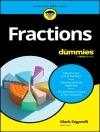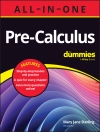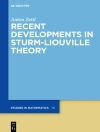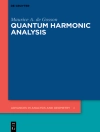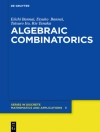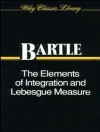Presenting state-of-the-art methods in the area, the book begins with a presentation of weak discrete time approximations of jump-diffusion stochastic differential equations for derivatives pricing and risk measurement. Using a moving least squares reconstruction, a numerical approach is then developed that allows for the construction of arbitrage-free surfaces. Free boundary problems are considered next, with particular focus on stochastic impulse control problems that arise when the cost of control includes a fixed cost, common in financial applications. The text proceeds with the development of a fear index based on equity option surfaces, allowing for the measurement of overall fear levels in the market. The problem of American option pricing is considered next, applying simulation methods combined with regression techniques and discussing convergence properties. Changing focus to integral transform methods, a variety of option pricing problems are considered. The COS method is practically applied for the pricing of options under uncertain volatility, a method developed by the authors that relies on the dynamic programming principle and Fourier cosine series expansions. Efficient approximation methods are next developed for the application of the fast Fourier transform for option pricing under multifactor affine models with stochastic volatility and jumps. Following this, fast and accurate pricing techniques are showcased for the pricing of credit derivative contracts with discrete monitoring based on the Wiener-Hopf factorisation. With an energy theme, a recombining pentanomial lattice is developed for the pricing of gas swing contracts under regime switching dynamics. The book concludes with a linear and nonlinear review of the arbitrage-free parity theory for the CDS and bond markets.
Table of Content
On Weak Predictor-Corrector Schemes for Jump-Diffusion Processes in Finance.- Moving Least Squares for Arbitrage-Free Price and Volatility Surfaces.- Solving Impulse Control Problems with Control Delays.- FIX: The Fear Index ? Measuring Market Fear.- American Option Pricing using Simulation and Regression: Numerical Convergence Results.- The COS Method for Pricing Options under Uncertain Volatility.- Fast Fourier Transform Option Pricing: Efficient Approximation Methods under Multi-Factor Stochastic Volatility and Jumps.- Pricing Credit Derivatives in a Wiener-Hopf Framework.- The Evaluation of Gas Swing Contracts with Regime Switching.- A Linear and Nonlinear Review of the Arbitrage-Free Parity Theory for the CDS and Bond Markets.
About the author
Mark Cummins is a Lecturer in Finance at the Dublin City University Business School. He holds a Ph D in Quantitative Finance, with specialism in the application of integral transforms and the fast Fourier transform (FFT) for derivatives valuation and risk management. Mark has previous industry experience working as a Quantitative Analyst within the Global Risk function for BP Oil International Ltd., London. Mark has a keen interest in a broad range of energy modelling, derivatives, risk management and trading topics. He also has a growing interest in the area of sustainable energy finance, with particular focus on the carbon markets. Linked to Mark’s industry experience, he holds a further interest in the area of model risk and model validation.
Finbarr Murphy is a Lecturer in Quantitative Finance at the University of Limerick, Ireland. Finbarr’s key teaching and research interests lie in the field of credit risk and derivatives and more recently, in carbon finance. His research is focused on the application of generalised Lévy Processes and their application in the pricing and risk management of derivative products. Finbarr is also interested in the application of econometric techniques in finance. Prior to taking up his position in UL, Finbarr was a Vice President of Convertible Bond Trading with Merrill Lynch London.
John J.H. Miller is Director of INCA, the Institute for Numerical Computation and Analysis, in Dublin, Ireland. He is also a Fellow Emeritus of Trinity College, Dublin, where he was a member of the Mathematics Department. He received his Sc.D. from the University of Dublin and his Ph.D. in numerical analysis from the Massachusetts Institute of Technology. He completed his undergraduate degrees at Trinity College Dublin.


